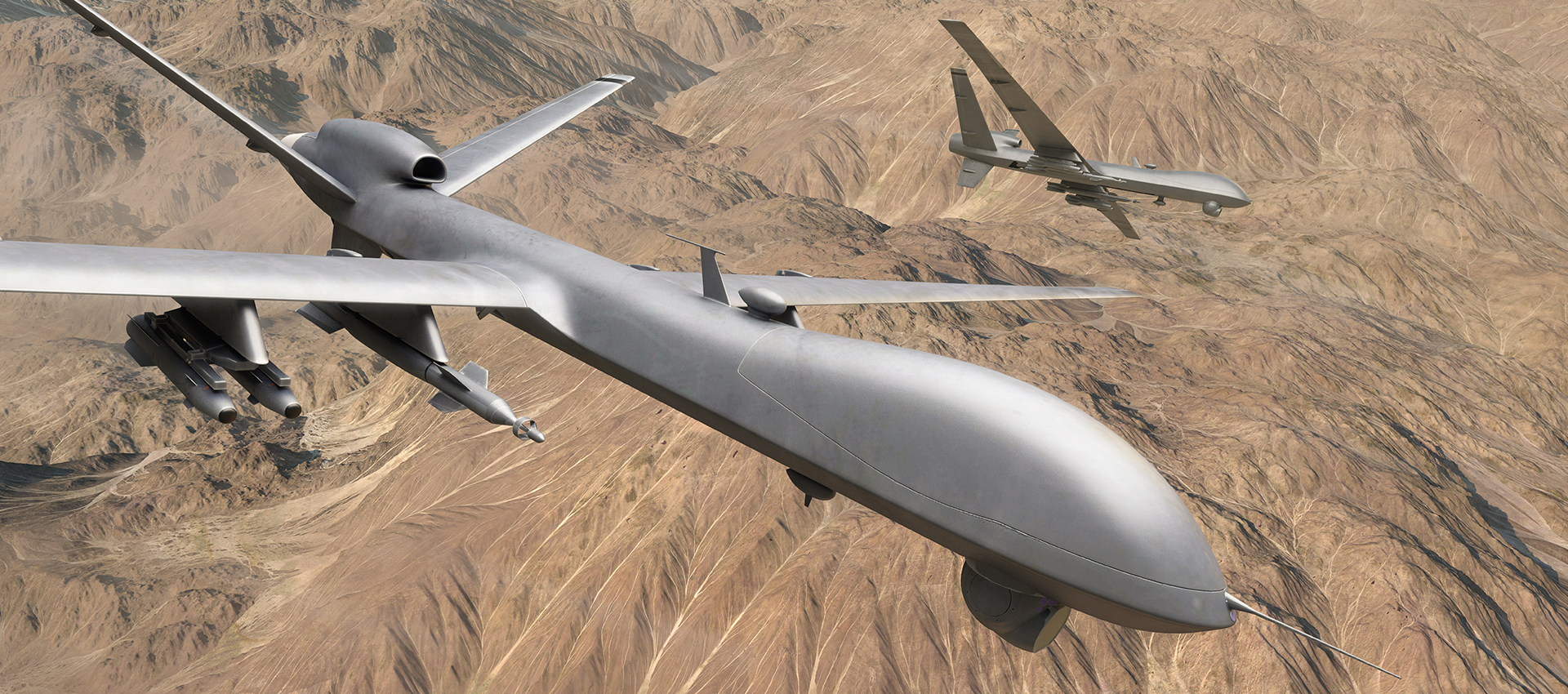Defense
Magnesium is a highly versatile metal with a wide range of applications in the defense industry.
Its unique properties, including its lightweight, strength, and electrical conductivity, make it ideal for use in a variety of defense applications, including:


Aerospace
Aircraft and missile construction: Magnesium alloys are used in a variety of aircraft and missile components, including wing spars, fuselage frames, landing gear, and engine casings. Magnesium’s lightweight properties help to reduce the overall weight of the aircraft or missile, which can lead to significant fuel savings and increased range.
Aircraft engines: Magnesium alloys are used in a variety of aircraft engine components, such as compressor blades, turbine disks, and crankcases. Magnesium’s high strength-to-weight ratio and good elevated temperature properties make it ideal conductivity make it an ideal material for these applications.
Other aircraft components: Magnesium alloys are used in a variety of other aircraft components, such as control surfaces, flight instruments, and electronic enclosures. Magnesium’s lightweight and corrosion-resistant properties make it an ideal material for these applications.

Weapons

Communications Devices
Radio housings: Magnesium alloys are used in the construction of radio housings to reduce the weight of the radio and improve its durability. For example, the Motorola XPR 7550e two-way radio uses a magnesium alloy housing to reduce its weight and improve its resistance to impact and vibration.
Satellite antennae: Magnesium alloys are used in the construction of satellite antennae to reduce the weight of the antenna and improve its performance. For example, the Intelsat EPIC NG satellite uses magnesium alloy antennae to reduce their weight and improve their gain and directivity.
Electronic shielding: Magnesium alloys are used in electronic shielding materials to protect electronic components from EMI. For example, the US military uses magnesium alloy shielding materials in its electronic warfare systems to protect them from EMI interference.

Protective Gear
Helmet liners: Magnesium alloy helmet liners are used to protect soldiers’ heads from impact and ballistic threats. They are lightweight and durable, and they can help absorb energy from impacts using their dampening properties, reducing the risk of head injuries.
Boots: Magnesium alloy military boots are designed to protect soldiers’ feet from impact, puncture, and other hazards. They are lightweight and durable, and they can provide excellent support and protection for the feet.
Other protective gear: Magnesium alloys are used in other types of military protective gear, such as chest plates, shoulder pads, and knee pads. Magnesium alloy protective gear is lightweight and durable, and it can help to protect soldiers from a variety of threats.
